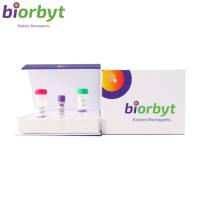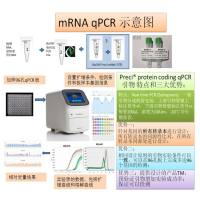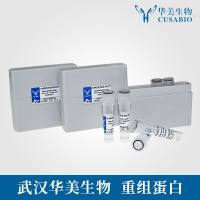Immunotoxins (IT) constructed by conventional chemical means using heterobifunctional crosslinking reagents such as [N -succinimidyl 3-(2-pyridyldithio) propionate (SPDP) or 4-succinimidyloxycarbonyl-α methyl-α-(2-pyridyldithio) toluene (SMPT) are heterogeneous with regard to the site of attachment of toxin to antibody and to the number of toxin molecules linked per antibody molecule (1 , 2 ). Such constructs inevitably contain mixtures of hybrid molecules comprised of one antibody molecule coupled covalently via a disulfide bond to one, two, or even three toxin moieties (3 ). Such heterogeneity makes it difficult to accurately evaluate the pharmacologic and therapeutic properties of this class of molecule. A number of independent reports have in the past demonstrated that ITs containing more than one toxin moiety per unit antibody molecule are significantly more potent in vitro for the respective antigen expressing target cell (3 , 4 ). While this has been shown to be generally true for IT performance in vitro, the same has not been consistently demonstrable in vivo. For instance, Ghetie et al. have shown that anti-CD19 and anti-CD25 ricin A-chain (RTA) ITs containing two RTA moieties per unit antibody show an increased potency for target-antigen-expressing cell lines in vitro, compared with ITs containing a single RTA moiety (5 ). However, in SCID mice bearing the human B-cell lymphoma cell line Daudi, the IT containing two RTA performed no better therapeutically than the IT containing just one RTA molecule. In the same report, an anti-CD22 RTA-IT containing two RTA molecules was not only seven times more potent in vitro but also significantly better therapeutically in the same SCID mouse model of human lymphoma (5 ).






